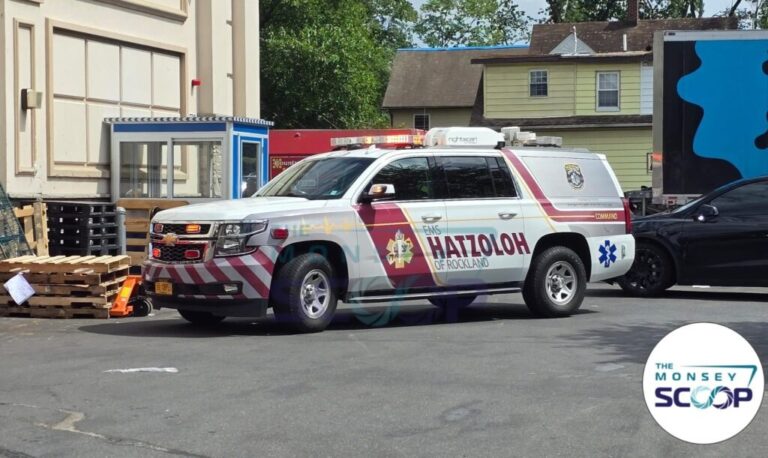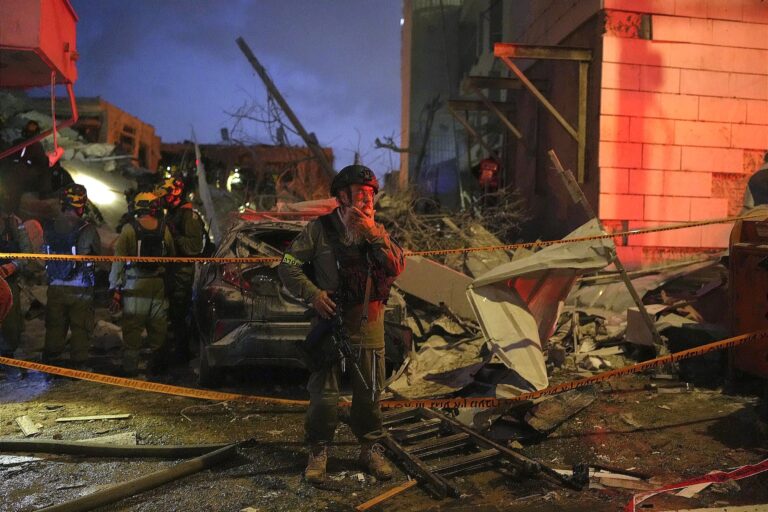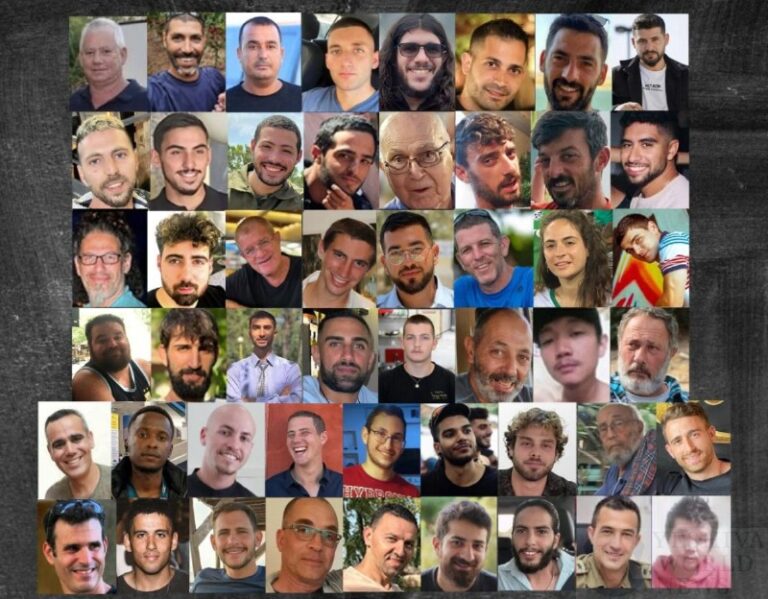 The Air France plane that crashed last month with 228 people aboard “did not break up or become destroyed in flight,” the French air investigation agency announced Thursday.
The Air France plane that crashed last month with 228 people aboard “did not break up or become destroyed in flight,” the French air investigation agency announced Thursday.
“The plane went straight down…towards the surface of the water, very very fast,” air accident investigator Alain Bouillard said.
Based on visual study of the physical remains of the Airbus A330 that have been recovered, “we were able to see that the plane hit the surface of the water flat. Therefore everything was pushed upwards — everthing was pushed from the bottom to the top” of the plane, he said.
The 228 people killed in the crash “had no time to prepare,” he said.
But Bouillard said he did not have autopsy results from the bodies recovered, and did not know why no one lived through the crash.
“I don’t know why nobody survived,” he said. “I don’t know the intensity of the impact. Perhaps we will find out from the autopsies. Perhaps we will never know.”
Bouillard said it was still unclear what caused the crash, the deadliest in Air France’s 75-year history.
“Today we are very far from establishing the causes of the accident,” he said.
The plane was unable to fly on autopilot at the time of the crash, he added.
That was because the autopilot was not receiving speed, wind or direction information, he said.
“These tell us that the plane has to be, in this case, directed by the pilot,” he said. He did not immediately say if the pilots were in control of Air France 447.
No air-traffic controllers seem to have been monitoring the flight when it went down, investigations have found. It would normally have been “handed over” from controllers in South America to others in Africa while flying over the Atlantic, but that did not happen, Bouillard said.
“We want to know why there was no concern in Dakar (in Senegal, west Africa) when this plane was not handed over,” he said.
Investigators will continue searching for the flight data recorder and the cockpit voice recorder — commonly known as “black boxes” — until July 10, he said.
“They normally give a signal for 30 days. We will keep listening another 10 days,” he said.
Brazil called off the search for bodies on June 27, having found 51 of the 228 people who died when the plunged into the sea June 1, according to the military.
Investigators have also found more than 600 parts and structural components of the plane, along with luggage, Bouillard said.
The wreckage is believed to be about 15,000 feet deep, amid underwater mountains and mixed in with tons of sea trash.
A French nuclear submarine and other vessels are searching for the data recorders by attempting to trace their locator beacons, which send out acoustic pulses, or “pings,” to searchers.
The U.S. Navy has contributed two high-tech acoustic devices — known as towed pinger locators — which have been attached to French tug boats and can search to a maximum depth of 6,100 meters.
The firm which makes the recorders, Honeywell Aerospace, has told CNN it has a 100 percent recovery record from air accidents.
Honeywell said it was hard to estimate how much battery life the locator beacon on the recorders had, as it depended on the conditions, but it is typically around 30 days.
(Source: CNN)











2 Responses
Don’t let me down Honeywell! Please impress us!!
;
#1; i dont understand your comment ;please explain.thanks